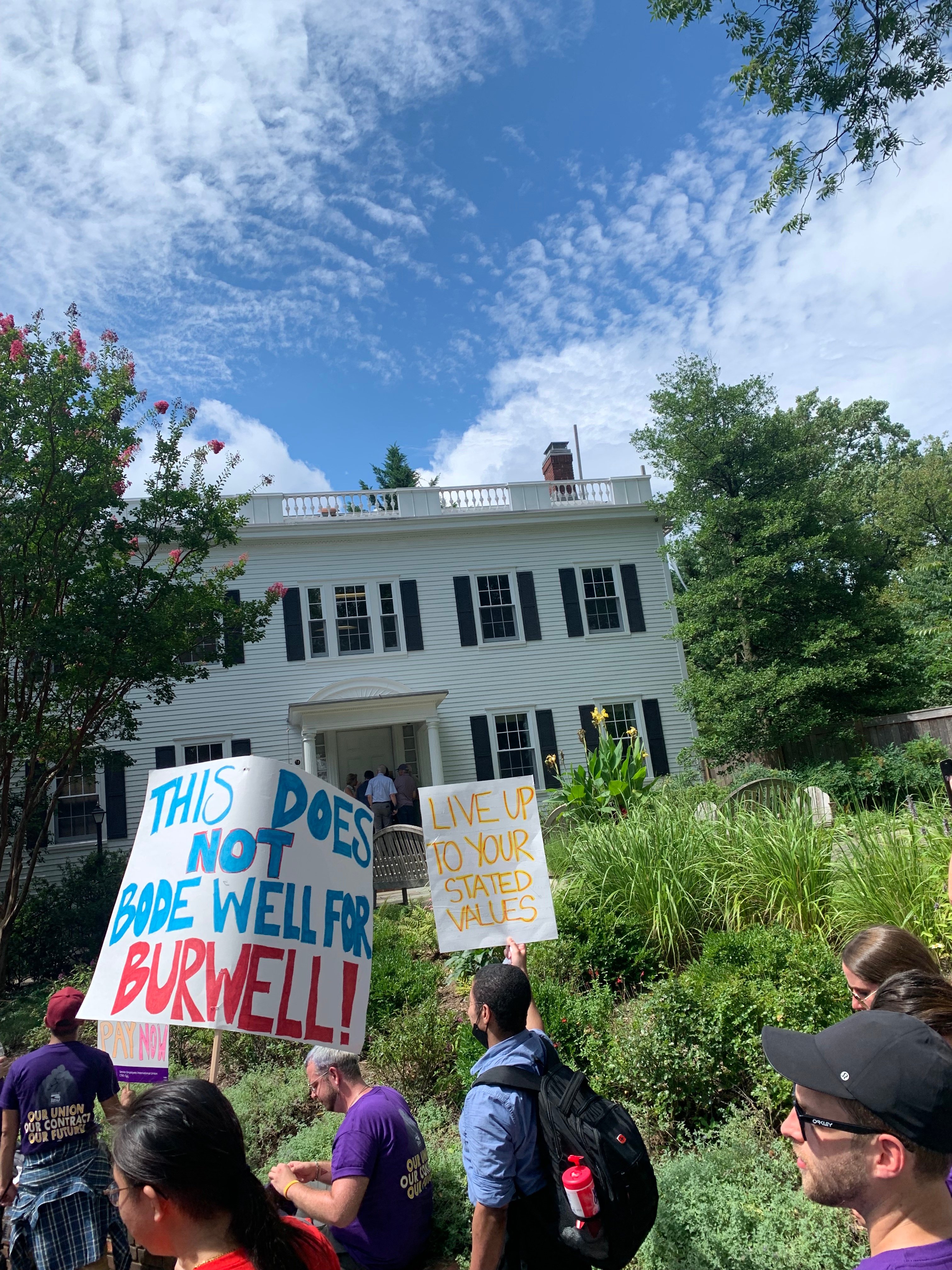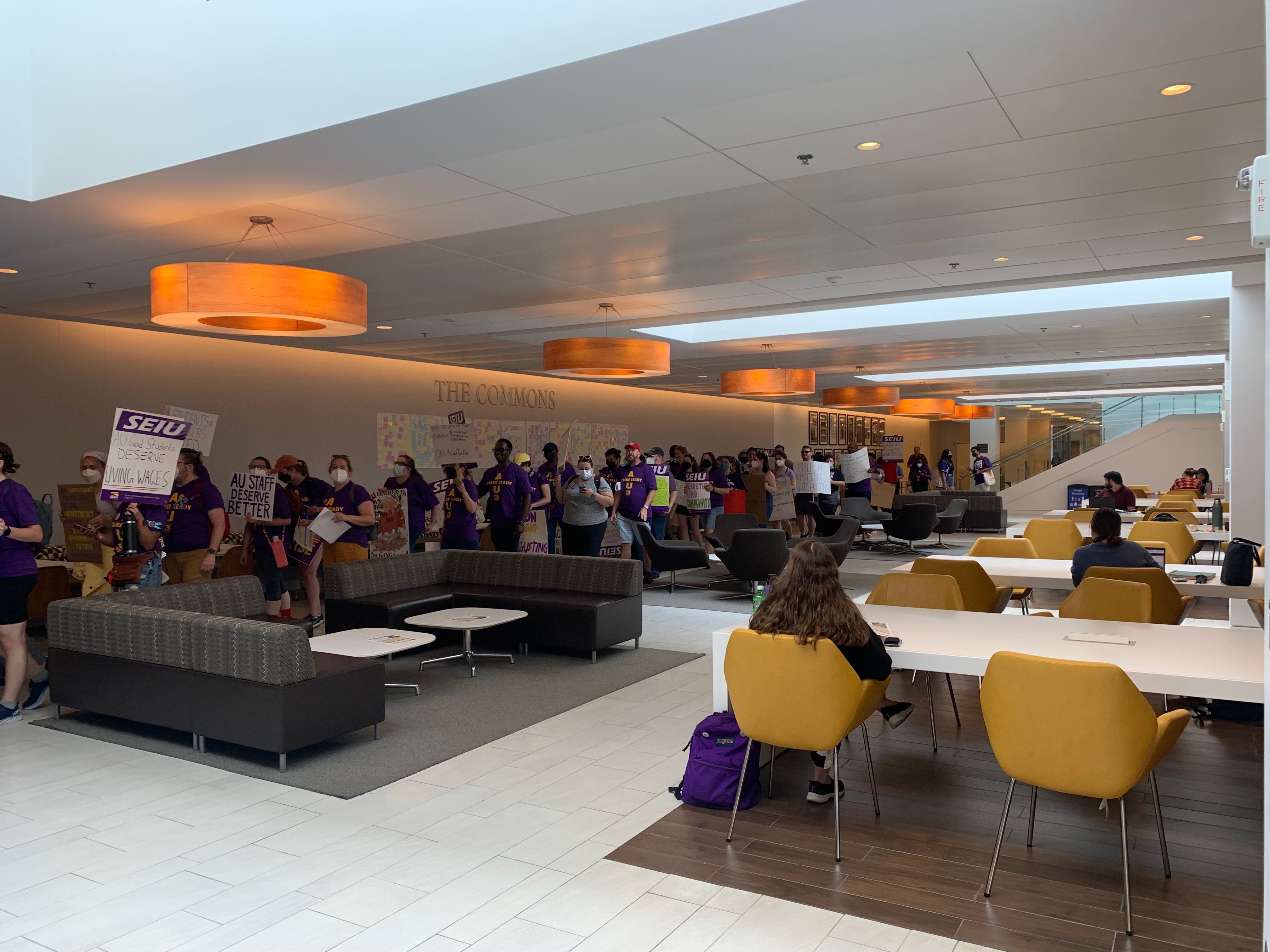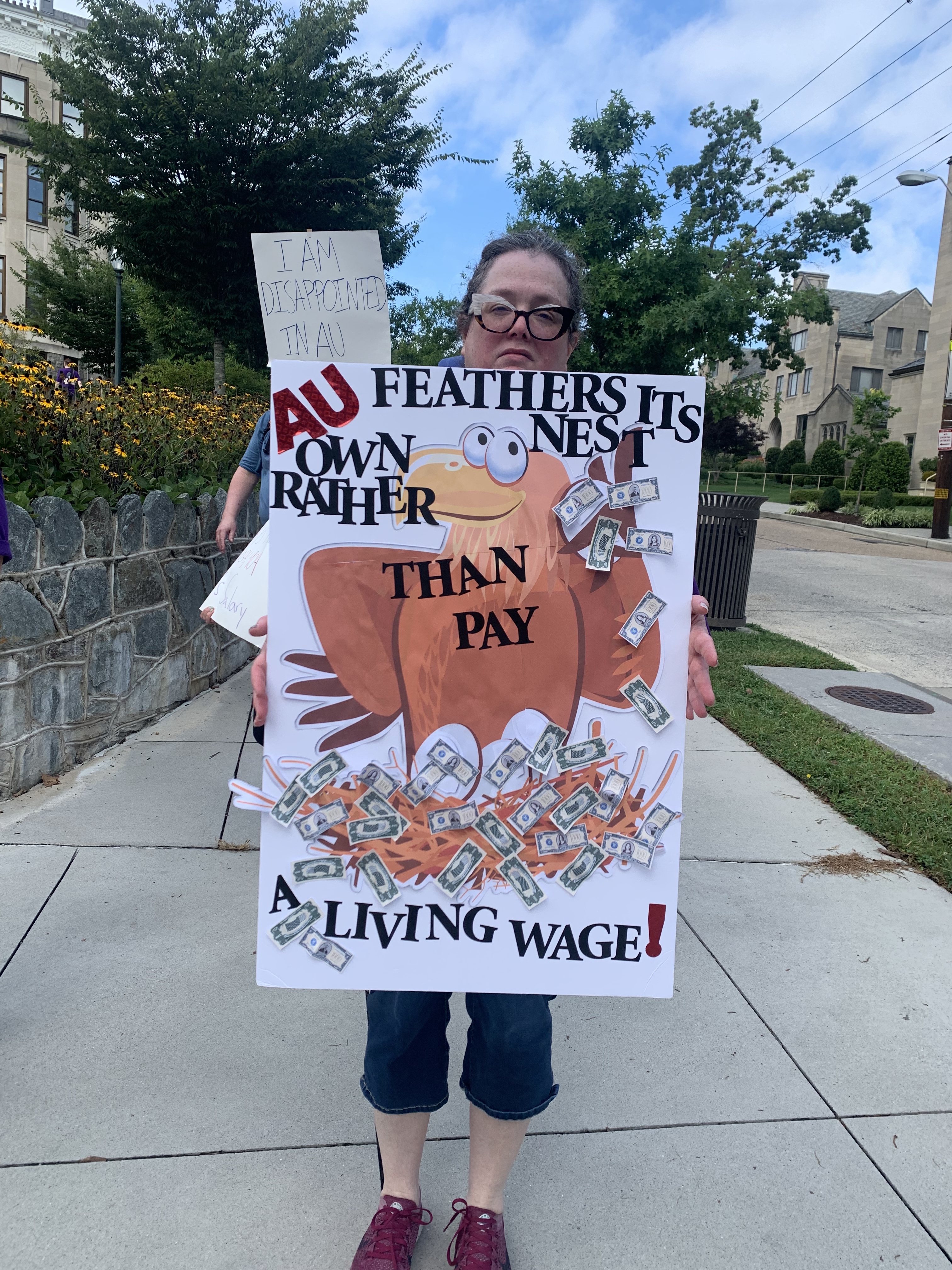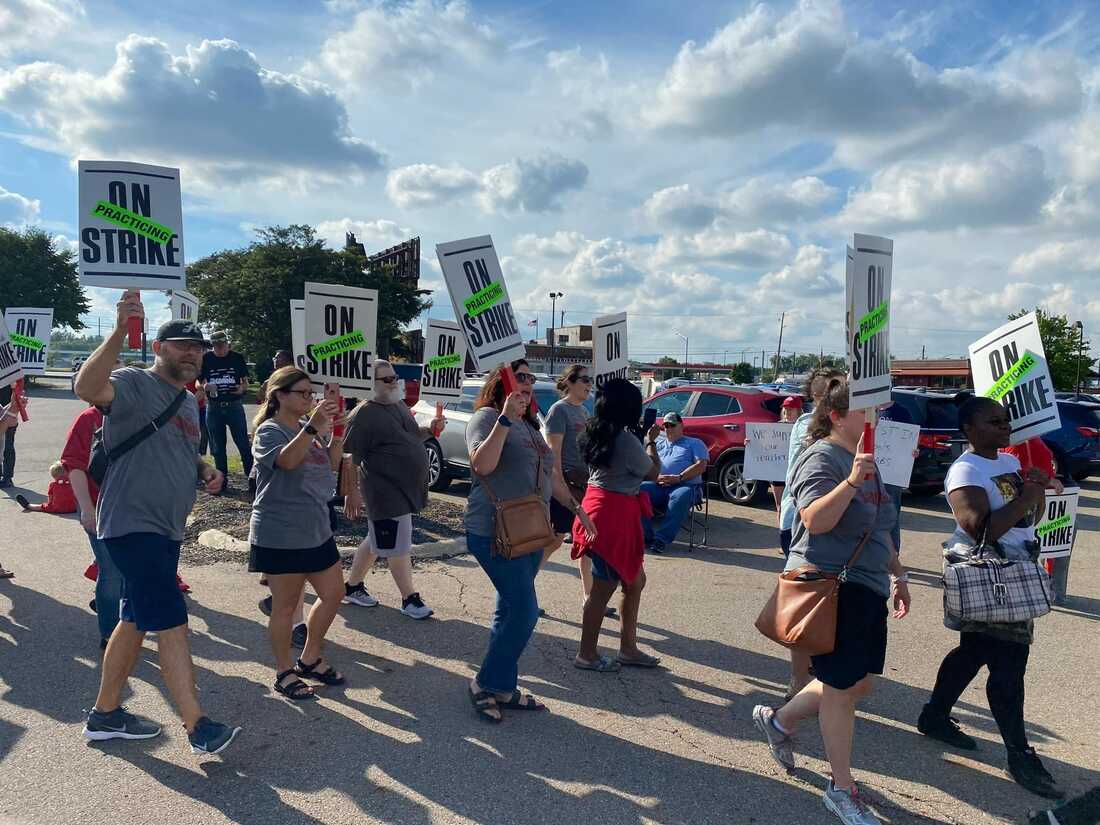‘First Time Home,’ a short film created by American children of Triqui farmworkers, offers an unscripted, authentic glimpse into life for farmworker families—and why people choose to sacrifice their lives in Mexico for opportunities up North.
BY GOSIA WOZNIACKA
AUGUST 23, 2022
It seemed like a dream. The sisters grew up hearing about a village high up in the mountains, where their parents had once lived without running water or cell phones—a place where their grandmother made delicious food and grandfather eked out a living planting corn, where everyone spoke Triqui, an Indigenous language hardly heard in the United States.
Esmirna Librado and Noemi Librado-Sánchez, and their cousins Heriberto and Esmeralda Ventura were all born in the U.S. to farmworker parents. They only ever had seen relatives from their family’s village in Mexico in faded photographs. The children grew up together in overcrowded apartments, wondering if and how the American dream might apply to them.
In 2016, the four cousins, who were by then teenagers, decided it was time to meet the grandparents and see their parents’ ancestral village for the first time. In December of that year, a month before Donald Trump’s inauguration, they travelled together by truck from California to San Martín Itunyoso, Oaxaca, a distance of more than 2,000 miles. Seth Holmes, an anthropology professor and family friend, accompanied the youth.
They recorded their journey to the village and their two weeks in Oaxaca on video. Back in the U.S., they decided the footage was worth sharing with a wider audience. Six years after the epic journey, the cousins co-directed and released a 30-minute film called First Time Home. Unscripted and raw, it offers a rare, authentic glimpse into what life is like for farmworker families and the reasons why immigrants choose to sacrifice their lives in Mexico to pursue better opportunities up North. Earlier this year, the film won the award for Best Youth Film at the San Diego Latino Film Festival.
Civil Eats recently spoke with First Time Home’s co-directors Esmirna Librado, 22, and Noemi Librado-Sánchez, 18, about growing up with farmworker parents, how the trip to their ancestral village changed them, and their plans for the future.

First Time Home’s co-directors: From left, Esmeralda Ventura,
What was it like growing up in a farmworker family in the U.S.?
Esmirna Librado: Our parents were both very young when they got here, around 15-16 years old. They came because there were not enough well-paying jobs [in Mexico]. A year after they came, I was born, and they decided to stay so I could have a better future. But growing up was hard for me. Our parents picked strawberries and blueberries in Washington State and peaches and grapes in California. When my dad would go to work, we would be asleep, and when he came back, we’d be asleep. That’s how it was most of the time. We barely got to see him or my mom because they had to work in the fields to keep their kids fed, pay rent, and stuff like that.
Noemi Librado-Sánchez: My uncle—our dad’s brother—he’s the one who helped raise us. He took care of us whenever our parents were working really late. My uncle would do my hair or take me to church with him. He was my father figure growing up.
One thing that really struck me in the film was how incredibly overcrowded the living conditions were for your families. Multiple families lived in one small apartment.
NLS: Yes, it was quite a few people. Rents are really high and farmworker wages are low. Plus, undocumented people get paid less than regular Americans. Luckily, things have changed for us in recent years, but our families lived like that for a really long time. Living together was a way to make things work.
EL: It was the only way we could help each other out. When our parents went to work, the older kids would take care of the younger ones. That was a way for our parents to save up money. It was hard. When we got older, my dad decided that it was time to stay put and have a steady place. So, we stayed in Washington State, and that’s where I started school.
But we continued migrating back and forth between Washington and California during the picking season. [When we went to California,] it was hard to find a place to live right away so there were times when we would even stay in cars—we would be homeless for a week or so. But if we knew a family that had a house, we would go and rent with them. We eventually stopped migrating, but my uncles continued to go back and forth. Until last year, they were still doing that.
Working in the fields isn’t an easy job, but our parents have done it for years. And they had no other choice. . . . Farm work was the only way they can make money. They have to work outside in extreme heat and during wildfires to bring food to the table for their families.
NLS: Moving back and forth means having to change schools multiple times, and it can really mess up your education. Many children of farmworkers have this experience. My dad didn’t want us to go through that. That’s a major reason why our parents chose to stay in one place.
If you could tell Americans one thing about farmworkers’ lives, what would it be?
EL: Working in the fields isn’t an easy job, but our parents have done it for years. And they had no other choice. They have no education; most of our relatives didn’t even get to finish middle school in Mexico. They came here for better opportunities, but farm work was the only way they can make money. For many of them, documentation is an issue. They can’t go and get a more comfortable job indoors. They have to work outside in extreme heat and during wildfires to bring food to the table for their families.
When you made the journey to your family’s village, Noemi was just 12 years old and Esmirna was 16. What was the experience like? How did the trip impact you?
NLS: The trip felt like stepping into a story that you’ve been told multiple times. You could finally picture it all. When I was a child, my dad would tell us about walking through the dirt, the field of corn just beyond their doorstep, and the lack of running water. He would describe our grandma’s good food. And when we got there, everything was just like [he’d described]. For a moment, it felt surreal. Like, “Wow, I’m actually here. These are actually my grandparents.” Before I went to Mexico, I felt like the United States was the only place for me. Now, I feel like I have two places to call home.
The trip also taught me to think more about my decisions and to focus on how I want to live my life. When I think about what I’m going to do next and who I really want to be, I remember my time in San Martín Itunyoso. I realized that I want to do something to help people, whether it’s through writing a book, making a video, or some other way.
EL: Before I went, I was kind of lost. I’m Mexican-American, but I did not feel American, I didn’t look American. I also did not feel Mexican. Now, I feel I’m more connected to both [sets of] roots somehow.
Most people migrate here from Mexico to make a better future for their families. And for so many of them, that opportunity means having to live under the same roof as five other families and working from sunrise to sunset in the rain, the mud, or under the scorching sun.
In Oaxaca, I learned how hard life can be. In the past, I could see how hard it was for my parents in the United States. But now, I also understood how difficult it was for them to make the decision to come to the U.S. For so many immigrants—not just my mom and dad—living close to their parents or grandparents is what they give up to give their own children a better chance at life. They can’t see their parents grow old, they can’t be with their parents when they need them.
Just recently, my grandpa died and relatives here were not able to say goodbye or attend the funeral. None of them were able to go back. You hear a lot of stories on the news about people who do go back just to see their aging parents or attend a funeral and they end up getting kidnapped or killed while crossing the border back to the U.S. Our family didn’t want to go through that risk. But I know that not going back is something that weighs on them. I also imagine my grandpa leaving this world without having his children there for his last goodbye. It’s heartbreaking.
Why did you decide to make a film out of this very personal trip? What message did you hope it would tell?
NLS: After we had everything recorded, the footage felt valuable. It’s not like we scripted anything or filmed with the intention of using it later on. But around this time, Donald Trump was running for president and he was publicly saying that Mexicans came here to steal jobs, that they were criminals, and other horrible things. Since we had all these clips showing what it’s really like, we decided to prove that his words were not true, that you can’t blame a whole community just because one person might have done something wrong. Most people migrate here from Mexico to make a better future for their families. And for so many of them, that opportunity means having to live under the same roof as five other families and working from sunrise to sunset in the rain, the mud, or under the scorching sun.

EL: In the film, we show footage of people working in the fields and my dad saying [on camera], ‘Oh, you don’t see Americans here.’ It’s not that he wants to be rude. But everyone who works in the fields is Hispanic. Based on our family’s experience, there’s no way [Mexicans] could be stealing people’s jobs. White Americans don’t want to do the heavy work of harvesting crops. So immigrants like our parents have to do it.
During the trip to Oaxaca, you were the emissaries of your parents. You brought video letters for your relatives in Mexico. And you then returned home with recorded messages from the village. Why were these video letters so meaningful?
EL: We made video letters with our parents in California and Washington for our relatives in the village. It was a way for them to connect with each other. They’ve always had phone calls, but it’s not the same thing as seeing your relatives’ faces and watching them say something “live.” Even phone calls are rare since there is no phone reception or internet service in the village. It’s in the mountains. If our relatives want to talk to anyone here in the U.S., they have to go to a nearby town to make a phone call [from a phone booth in a store].

Esmirna Librado reviewing footage on an iPad with family.
Your film has been shown in several cities throughout the U.S. How do you feel about the reception that it has received?
NLS: I was pretty surprised. I flew out to San Diego to watch it during the film festival there and it was one of the coolest experiences. I think the film gives people a place to start a conversation. I was happy to see so many people who connected to it and who want to do something. We met with students who have the same feelings we do: they see their parents struggling and they want to help, but they can only do so much. This film builds a community outside the community, if that makes sense.
EL: A lot of people connected to what we recorded. I think people saw a more universal story about returning home.
I think the film gives people a place to start a conversation. We met with students who have the same feelings we do: they see their parents struggling and they want to help, but they can only do so much. This film builds a community outside the community.
Your film focuses on a community that many people don’t even know exists, Indigenous Triqui immigrants from Oaxaca. Can you tell us more about your community and the unique challenges it faces in the U.S.?
EL: As you know, Mexicans in the U.S. face a lot of discrimination. But being Indigenous and Mexican—having a darker skin color, being a little shorter, and speaking a different language than Spanish—brings even more discrimination [from both Americans and Mexicans]. Some of our people still don’t know how to speak Spanish. Our dad didn’t know Spanish coming here. The only language he knew was Triqui and he learned some Spanish while going to my mom’s prenatal checkups because the clinic only had Spanish translators. Triqui is still the language my parents and relatives speak at home.
I’ve worked for several companies and I have witnessed a lot of discrimination. People with the lighter skin color, those who [can pass as white] get the lighter jobs. And people who are darker-skinned have the harder jobs. I fit more into the darker-skinned crowd, so I was given a hard job. And I had to say to my managers, “Is there a way I can change that?” For me, it’s easier to ask because it’s fine if I get fired, I can get another job. But when I get into the shoes [of people who don’t have legal status], I understand why they don’t speak up.
My uncle and my dad are always saying, “Don’t let them put you down, because you have opportunities. This is why we came here.” And that’s another reason why we made this film. It gave us an opportunity to be able to speak up for the people who can’t speak.
NLS: The Triqui community here is very connected, though in Washington it’s not as big as in California. Our family was very close, united. We went to California every year to celebrate Christmas and New Year’s. In California, the Triqui community organizes parties and celebrates traditions from back home. It’s so beautiful, seeing so many women and girls in their huipils, a traditional garment worn by Indigenous women in Mexico.
Have either of you gone back to Oaxaca since your first trip?
EL: I have not gone back, but I hope to in the future. I have a 4-year-old daughter; I plan to take her one day and show her where my parents are from.
NLS: I went the year after. And that was the last time I saw my grandpa. I do wish to go back again, but my grandpa’s [death] deeply affected me. It makes me so upset to think that once I’m back, he’s not going to be there. There was this moment in the film when he and I just looked at each other. And every time I see it, I [get emotional].
In the film, your uncle says, “Tu historia vale mucho,” or your story is important. Do you hope to tell more stories about farmworkers and their families? How do you hope to shape your own future story?
EL: My uncle is right because each one of our stories is different, but they are all valuable. In the fall, I’ll start college again to study nursing. I had started and stopped going. Now, I plan to get to the finish line. My parents have inspired me to take up those studies because I want to do something to help people get better health care and better access to various resources.
NLS: I do hope to tell more stories. I’m going to be attending university and I hope to major in journalism and communication or psychology. I want to expand my storytelling, to talk about other serious situations that impact the Latino community and that aren’t talked about, including mental health issues.
Writing is something that I love to do, but I’m also fascinated with how the brain works. Growing up, I was always told that I was a rebel. I was a troubled kid, pretty much. But I felt that it was a lot more than just me being “troubled.” A lot of it had to do with being a kid who wanted and needed my parents’ attention. But obviously, because they were farmworkers and they were working so much, they couldn’t give it to me.
This interview was edited for length and clarity. All photos courtesy of the filmmakers.

Gosia Wozniacka is a senior reporter at Civil Eats. A multilingual journalist with more than fifteen years of experience, Gosia is currently based in Oregon. Wozniacka worked for five years as a staff reporter for The Associated Press in Fresno, California, and then in Portland, Oregon. She wrote extensively about agriculture, water, and other environmental issues, farmworkers and immigration policy. Email her at gosia (at) civileats.com and follow her on Twitter @GosiaWozniacka.
READ MORE ABOUT Food and Farm Labor

'Fruits of Labor' Provides an Intimate Look at the Life of a Teenage Farmworker

Two New Films Paint Starkly Different Pictures of Farming in America

Why African Farmers Journeyed to the U.S. with an Urgent Climate Change Message










